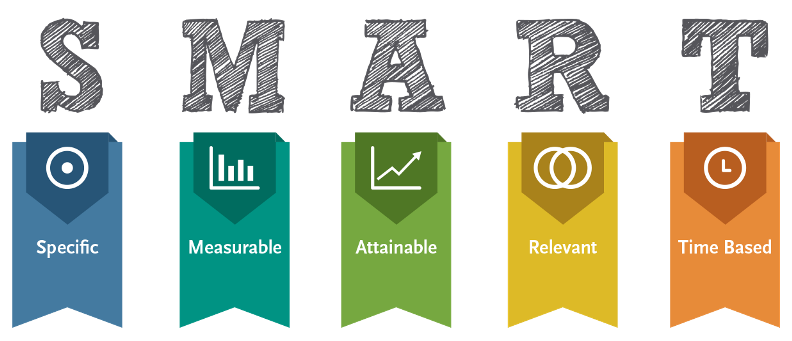The Outcomes Identification Standard of Practice by the American Nurses Association states, “The registered nurse identifies expected outcomes for a plan individualized to the health care consumer or the situation.”[1] Review the competencies for the Outcomes Identification Standard of Practice for registered nurses in the following box.
ANA’s Outcomes Identification Competencies[2]
The registered nurse:
- Engages with the health care consumer, interprofessional team, and others to identify expected outcomes.
- Collaborates with the health care consumer to define expected outcomes integrating the health care consumer’s culture, values, and ethical considerations.
- Formulates expected outcomes derived from assessments and diagnoses.
- Integrates evidence and best practices to identify expected outcomes.
- Develops expected outcomes that facilitate coordination of care.
- Identifies a time frame for the attainment of expected outcomes.
- Documents expected outcomes as measurable goals.
- Identifies the actual outcomes in relation to expected outcomes, safety, and quality standards.
- Modifies expected outcomes based on the evaluation of the status of the health care consumer and situation.
An outcome is a “measurable behavior demonstrated by the patient who is responsive to nursing interventions.”[3] After nursing interventions are implemented, the nurse evaluates if the outcomes were met in the time frame indicated for that patient.
Outcome identification includes setting short-term and long-term goals and then creating specific expected outcome statements for each nursing diagnosis. Outcome statements are always patient-centered. They should be developed collaboratively with the client and individualized to meet the client’s unique needs, values, and cultural beliefs. They should start with the phrase “The client will…” Outcome statements should be directed at resolving the defining characteristics for that nursing diagnosis. Additionally, the outcome must be something the patient is willing to cooperate in achieving.
Outcome statements should contain five components easily remembered using the “SMART” mnemonic:
- Specific
- Measurable
- Attainable/Action-oriented
- Relevant/Realistic
- Time frame
See Figure 4.7[4] for an image of the SMART components of outcome statements.

Review how to create “SMART” expected outcomes in the “Nursing Process” chapter of Open RN Nursing Fundamentals.
Unfolding Case A
Recall Sample Case A in the “Diagnosis” section regarding the 32-year-old male diagnosed with Major Depressive Disorder. The nurse created these four nursing diagnoses:
- Hopelessness related to social isolation
- Risk for Suicide as manifested by reported desire to die
- Imbalanced Nutrition: Less than Body Requirements related to insufficient dietary intake
- Self-Neglect related to insufficient personal hygiene
The nurse established the top priority nursing diagnosis of Risk for Suicide and immediately screened for suicidal ideation and a plan using the Patient Safety Screener.
The nurse then identified the following SMART expected outcome for the nursing diagnosis Risk for Suicide related to reported desire to die: The client will remain free from self-harm self during the hospitalization stay.
- American Nurses Association. (2021). Nursing: Scope and standards of practice (4th ed.). American Nurses Association. ↵
- American Nurses Association. (2021). Nursing: Scope and standards of practice (4th ed.). American Nurses Association. ↵
- Herdman, T. H., & Kamitsuru, S. (Eds.). (2018). Nursing diagnoses: Definitions and classification, 2018-2020. Thieme Publishers New York. ↵
- “SMART-goals.png” by Dungdm93 is licensed under CC BY-SA 4.0 ↵
Measurable behavior demonstrated by the patient who is responsive to nursing interventions.

